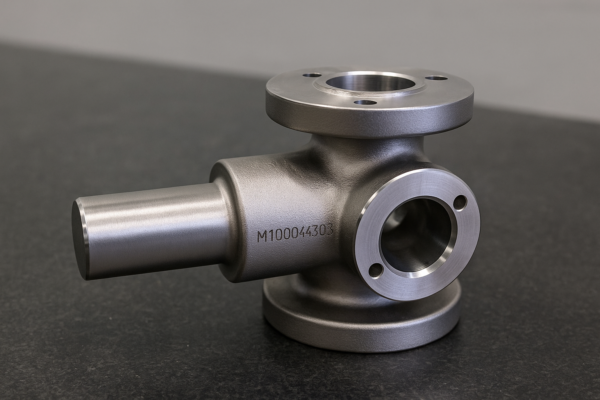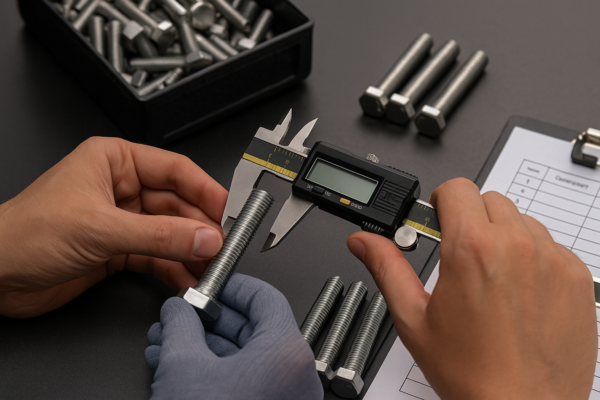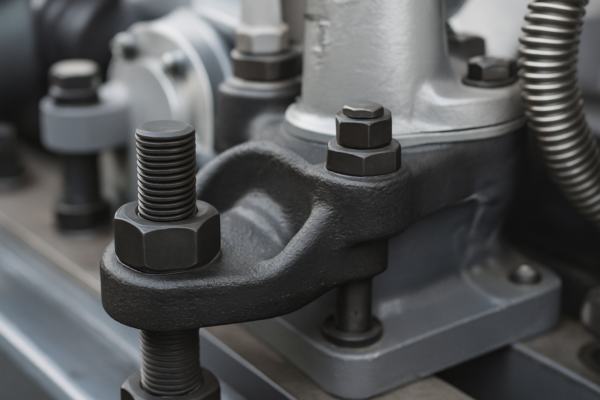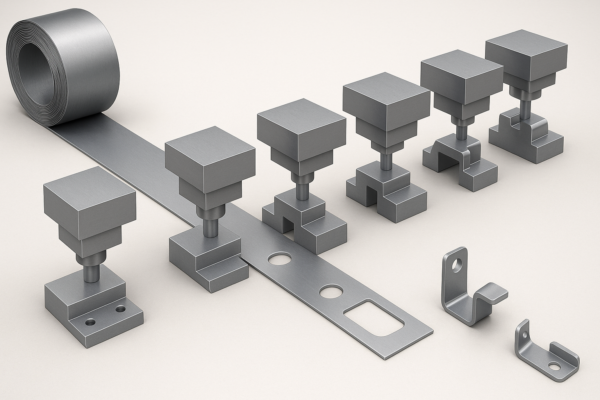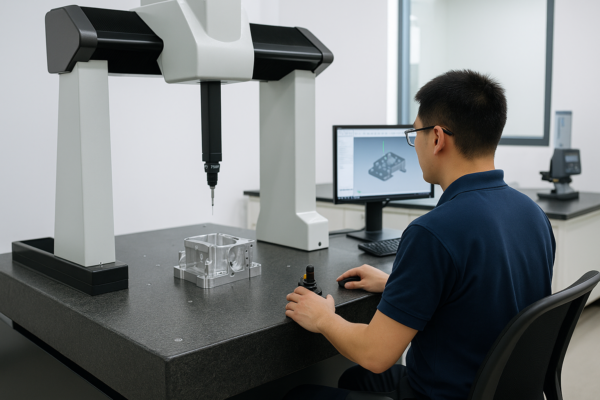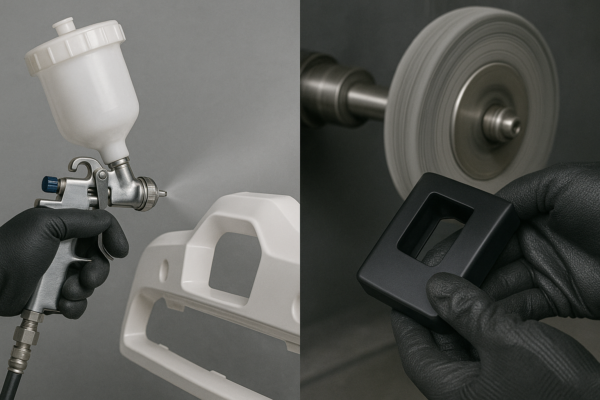What Are the Types of Moulding Sand? The Metal Caster’s Guide
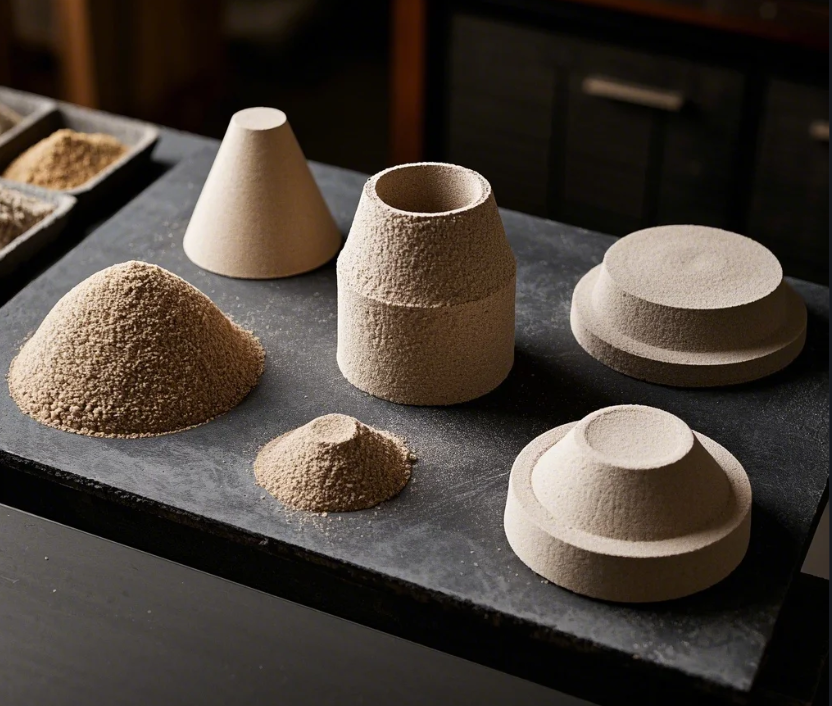
Choosing the wrong sand causes 60% of casting defects like porosity and surface cracks. Each sand type has unique binding systems, temperature limits, and finish capabilities.
Snippet paragraph: The 5 main molding sand types are green sand (clay-bonded), dry sand (resin-bonded), loam sand (clay-rich), core sand (oil-bonded), and shell sand (thermoset-coated) – selected based on metal type, part complexity, and production volume.
Understanding these varieties ensures dimensional accuracy and reduces post-cast machining costs.
1. Green Sand: The Most Common Molding Method
Green sand is cost-effective for prototypes and high-volume production.
Snippet paragraph: Comprising 85% silica sand, 10% bentonite clay, and 5% water, green sand molds handle aluminum/iron pours up to 1200°C and provide 3.2-25μm surface finishes without baking.
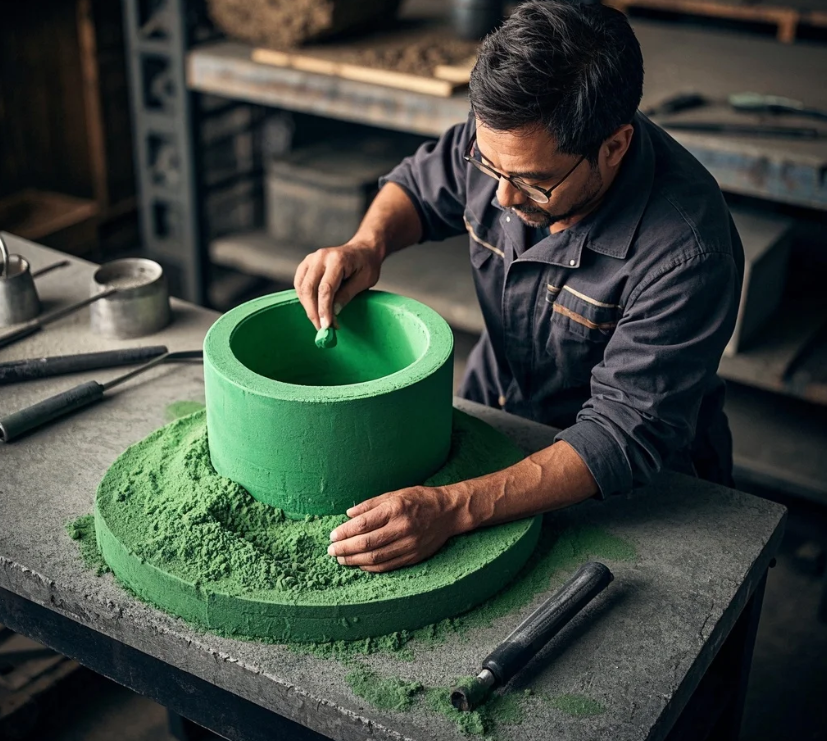
Key Properties vs Other Sands
| Property | Green Sand | Dry Sand | Shell Sand |
|---|---|---|---|
| Binder | Bentonite clay | Phenolic resin | Thermoset resin |
| Moisture | 3-5% | 0% | 0% |
| Max Temp | 1200°C | 1600°C | 1400°C |
| Cost per ton | $50-$80 | $200-$300 | $400-$600 |
| Lifetime | 5-10 reuses | Single-use | 20-30 casts |
Best for: High-volume automotive parts like brake drums (200,000+ casts/year).
2. Dry Sand: Precision Molds for Complex Geometries
Baked molds eliminate moisture defects in steel castings.
Snippet paragraph: Dry sand uses 1-3% resin binders (phenolic/urethane) instead of water, cured at 150-250°C for 2-4 hours—achieving ±0.3mm accuracy for turbine blades and pump housings.
Resin Binder Comparison
| Binder Type | Cure Temp | Tensile Strength | Collapsibility | Applicable Metals |
|---|---|---|---|---|
| Phenolic urea | 180°C | 1.8-2.2 MPa | Excellent | Iron, ductile iron |
| Furan | 200°C | 2.5-3.0 MPa | Good | Steel, stainless |
| Alkyd | 160°C | 1.5-1.8 MPa | Fair | Aluminum, brass |
Note: Requires venting channels to avoid gas porosity from resin decomposition.
3. Loam Sand: For Massive Castings up to 100 Tons
Historically used for cathedral bells and artillery.
Snippet paragraph: Containing 30-50% clay with additives like horsehair/chaff, loam sand is hand-applied in 10-50cm layers onto brick foundations—ideal for singular, oversized parts like ship propellers.

Modern Loam Sand Mix Recipe
| Component | Percentage | Function | Source |
|---|---|---|---|
| Fireclay | 40% | High-temp stability | Kaolin deposits |
| Silica sand | 35% | Refractoriness | 70-100 AFS grain |
| Cellulose | 15% | Burnout channels | Recycled paper pulp |
| Molasses | 10% | Temporary adhesion | Sugar refinery byproduct |
Current use: Restoration castings for heritage buildings and sculptures.
4. Core Sand: Creating Internal Cavities
Oil-bonded sands form complex hollow sections.
Snippet paragraph: Core sands blend silica with linseed oil (3-5%) or synthetic binders, baked at 200-300°C into rigid shapes—they must crush easily post-casting to allow metal shrinkage.
Core Sand Performance Metrics
| Test | Standard Value | Measurement Method | Importance |
|---|---|---|---|
| Tensile strength | 1.4-1.8 MPa | Core tensile tester | Prevents breakage |
| Permeability | 90-120 AFS | Permeability meter | Venting gases |
| Collapsibility | >85% at 600°C | Hot distortion tester | Reduces hot tears |
| Bench life | 4-6 hours | Viscosity cups | Workability window |
Pro Tip: Add 1% iron oxide to prevent veining defects in cast iron cores.
5. Shell Sand: Thin-Walled Precision Molds
Thermoset resins create detailed molds for aerospace parts.
Snippet paragraph: In shell molding, sand coated with 3-5% phenolic resin forms 10-20mm thick molds when heated to 300°C—delivering ±0.1mm tolerances for hydraulic valves and gear teeth.
Shell vs Green Sand Economics
| Factor | Shell Sand | Green Sand |
|---|---|---|
| Pattern cost | $5,000-$20,000 (metal) | $500-$2,000 (wood) |
| Cycle time | 2-3 minutes | 5-8 minutes |
| Labor skill | High (CNC-adjusted) | Medium (hand-ramming) |
| Part finish | 25-63 μm Ra | 125-250 μm Ra |
| Break-even | >10,000 units | <1,000 units |
Case Study: Japanese foundries use shell molding for 2-million-unit/year brake components.
Conclusion
Match sand type to your metal alloy, part complexity, and production volume—green sand for cost-efficiency, dry sand for steel precision, loam for massive casts, cores for hollows, and shell molds for high-detail mass production.

